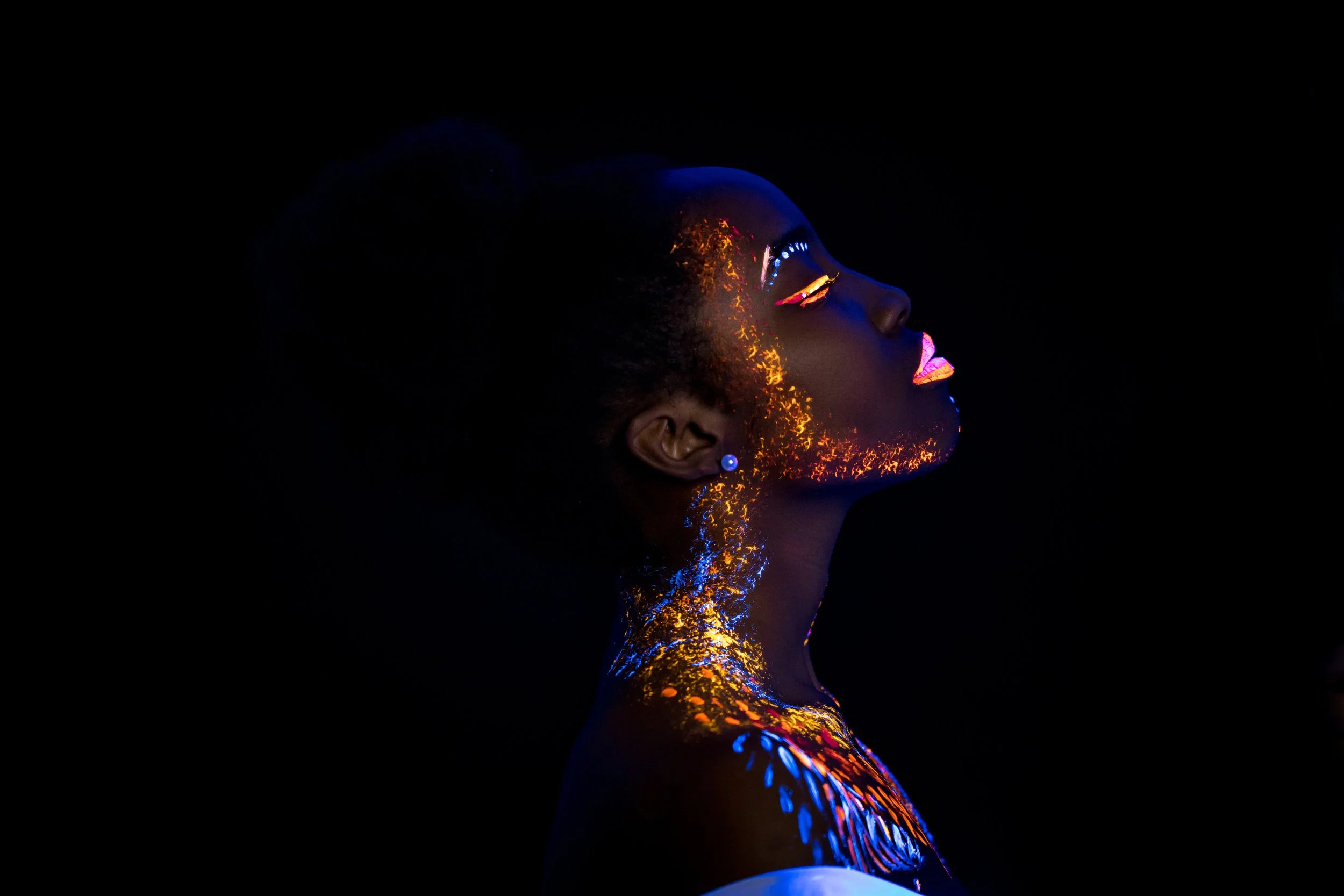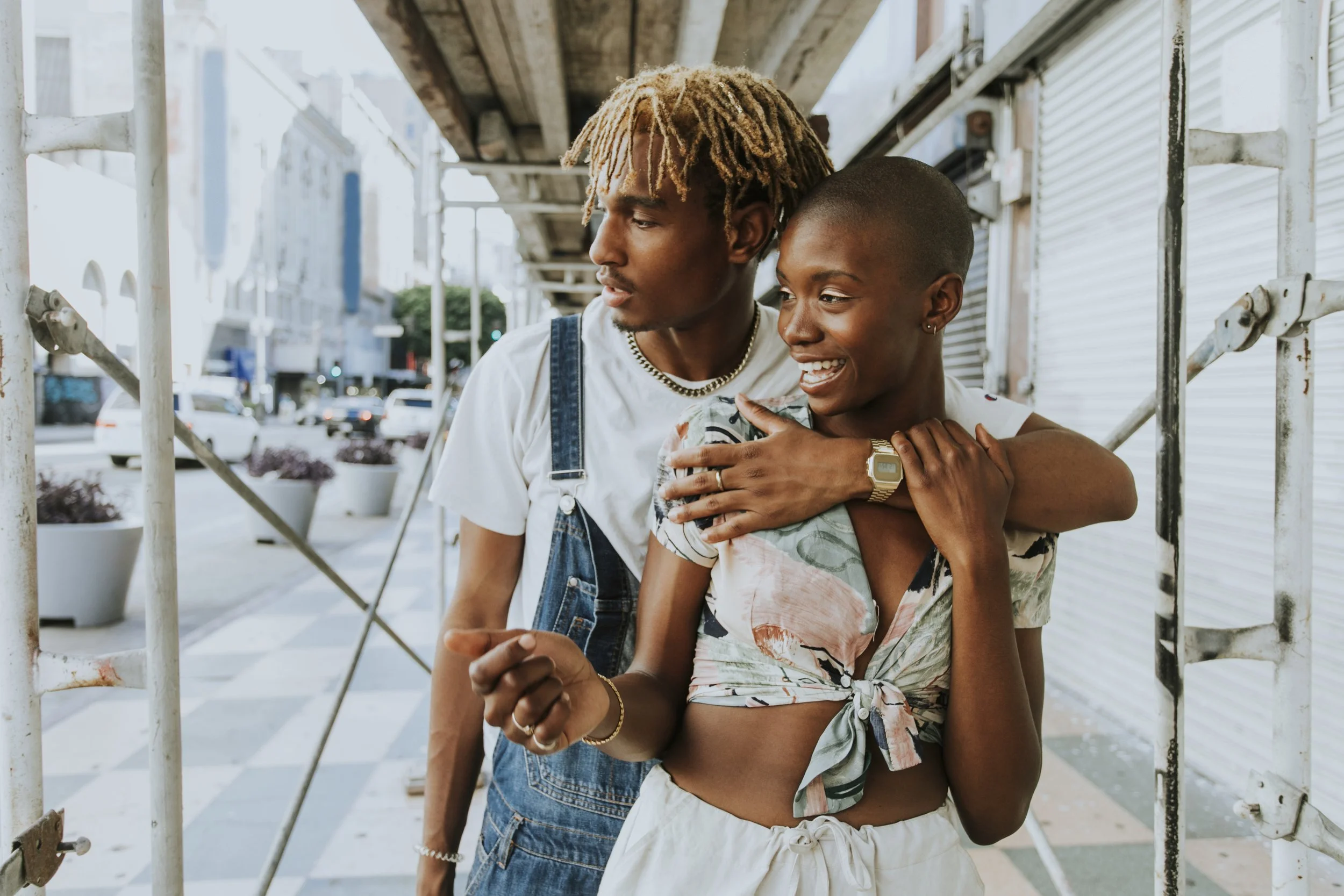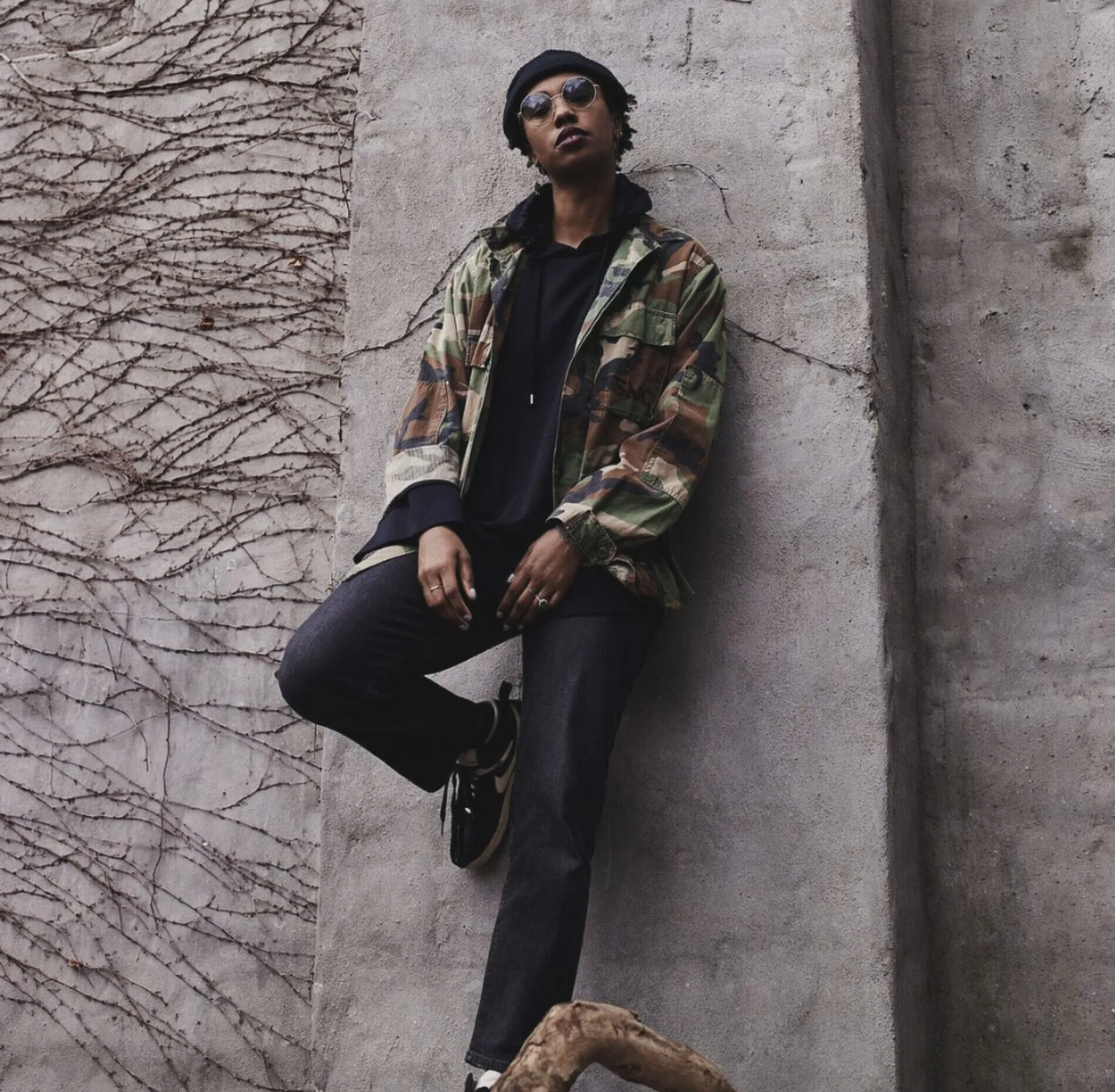Letter from the Editor: Thoughts on Street Fashion
Dominique Drakeford, photographed by Timothy Smith for Reebok’s first plant-based running shoe collection.
I remember looking into street fashion sometime last year, searching only to see how folks define it and who this particular and now much more acceptable form of fashion is attributed to.
Surprisingly, there is a gallery of diverse images that pops up in the searches when I check for folks using keywords like “street wear,” but like most significant fashion style movements, where it originates is all over the place. Examples of descriptions I’ve come across include: ‘80s and ‘90s surf and skate culture, with elements of hip-hop fashion; as a form of fashion originating in British culture; and Christian Dior pops up a lot.
As I’m exploring this topic, it’s important to note that it’s not about needing to identify one group of people or persons to have been known for introducing and shaping modern street fashion— an amalgamation of unassuming articles of clothing, untamed, non-binary, very personal and with an undeniable truly urban aesthetic — however, it is necessary to see who is part of and included in conversations surrounding origin and influence.
“It is necessary to see who is part of and included in conversations surrounding origin and influence. ”
For instance, before street fashion became a major influence on mainstream fashion, because of instances like chatter around photographers’ snaps of different folks on the streets arriving to New York Fashion Week and Paris Fashion Week, I remember parts of it that once seemed only relevant in my hood and in Black culture here in America. This is a perspective from my lived experience.
Additionally, there is a specific creative element to forming a street style aesthetic that I recognize from people who come from places like me, and that is, creativity and imagination born from but not limited to financial/socioeconomic constraints. This part is layered and needs a separate series, but we’ll chat further on this later.
Sneaker culture has been part of Black urban culture since forever. And while we can see everyone wearing them everywhere now, there was a time when sneakers — the practice of collecting them and wearing them — were a major part of Black folks’ wardrobes almost exclusively. Am I right?
My friend and “sis in sustainability,” Dominique Drakeford, has been leading conversations on this for years. An excerpt from her piece in Selva Beat’s third issue reads: “In 1984, Michael Jordan debuted his first Air Jordan collaboration, and two years later, Run DMC made their hit song “My Adidas” — sneaker culture took root and a modern hip-hop sensibility grew into it. There’s no real formal definition of ‘sneaker culture.’ It’s the heartbeat of hip-hop, the pulse of sports, and the backbone of inner city lifestyle.”
Now, it’s an “everyone and anyone thing,” and don’t even get me started on braids and other hairstyles people wear without any context, because it all becomes categorized under American culture once it hits mainstream. Almost always because a white person has been photographed, giving whatever trend that has been ripped off, the green light. The label ‘street’ gets applied too freely in my opinion. So maybe we’ve got to dive deeper into: how we define street style; why it’s cultural; explore its influence in a few cities around the world; what it means to pay homage to folks lesser known in the space; and the deep connection between hip-hop and street style. These discussions will most certainly prevent further erasure.
This fall, I’m sharing a series of Q&As with a variety of perspectives, calling on memories and lived experiences, to help reshape this conversation and gain more clarity. I’m looking forward to this series. Stay tuned!
“These discussions will most certainly prevent further erasure.”
With love & gratitude,
About the Editor
The founder and editor-in-chief of ESJ Magazine, Katie has been working to make sure representation exists within the sustainable fashion space, and that real conversations that lead to accountability and action are happening in fashion. Over the past couple of years, her work with the magazine has expanded to create a bigger platform for Black women and femmes, women of color artists and educators to take up space in ethical and sustainable fashion.













